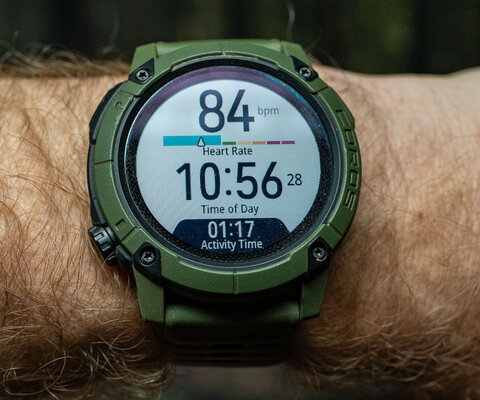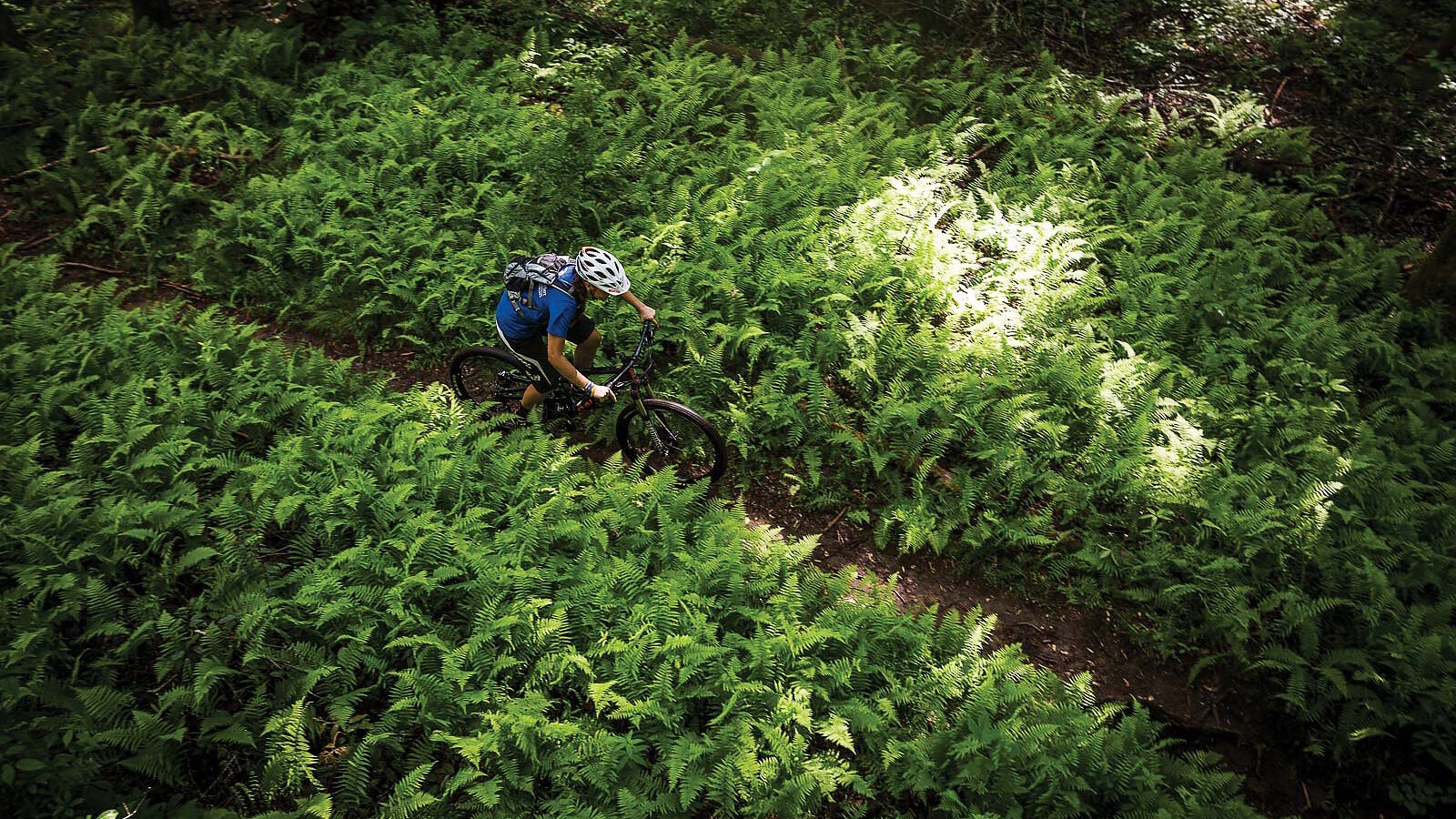
Tim Koerber Brevard, North Carolina
Words and Photos by Tim Koerber
Just the other day I passed a homemade sign of propaganda that consisted of nothing more than some printer-paper preaching, “HYPE CITY USA”, stapled to a telephone pole in West Asheville–North Carolina’s premiere hipster locale.
Along with the town’s growth and rejuvenation in the past decade, a sense of come-here entitlement has grown in a select population of the self-proclaimed locals, most of who have less than 5 years of residency, according to the DMV. In a way, Asheville has become somewhat of a caricature of itself—an Austin, TX, if you will; the liberal mecca of the traditionalist south is a hotbed for Korean taco trucks, energy-blockage-clearing crystal shops, and enough breweries to make Boulder wonder where they went wrong.
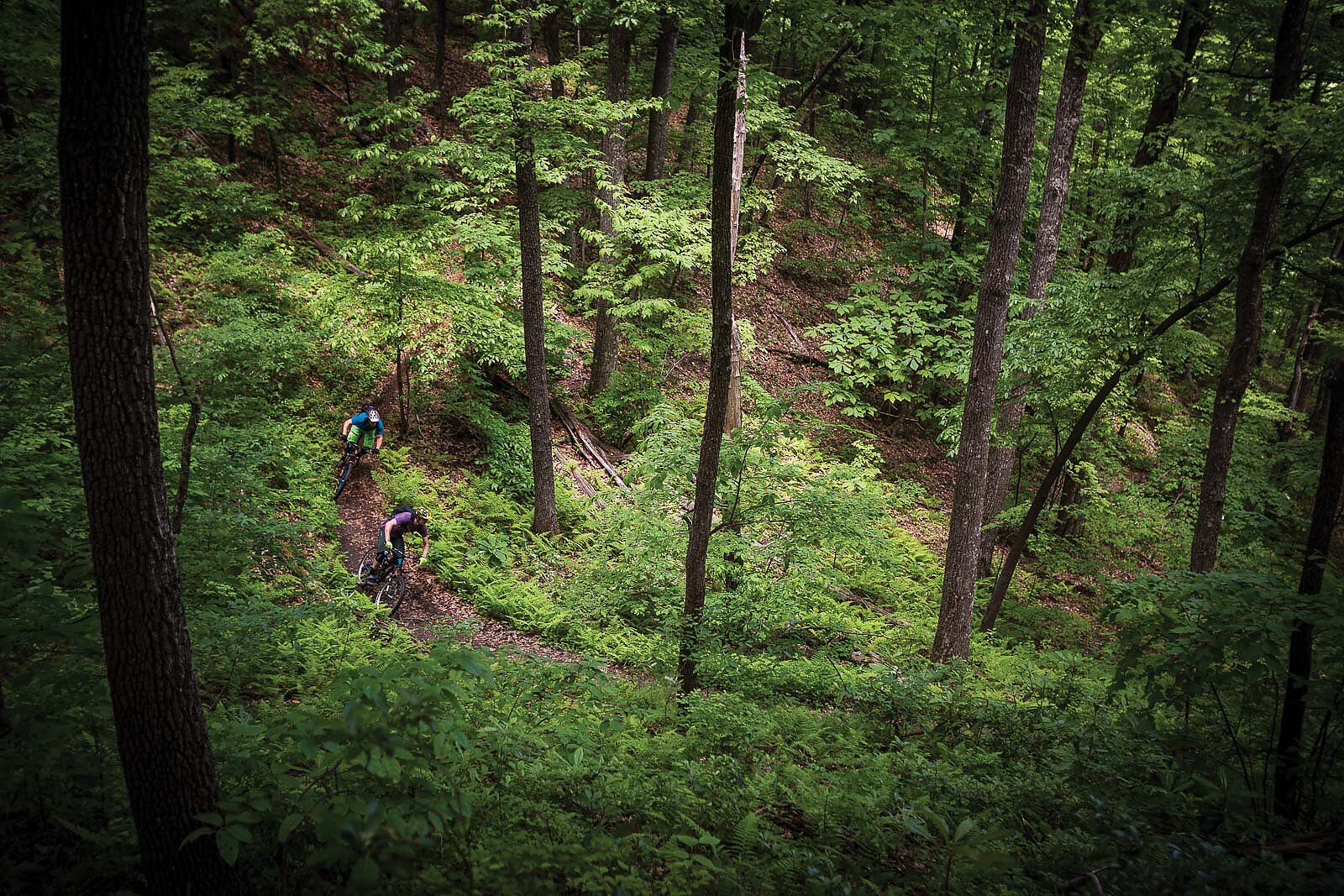
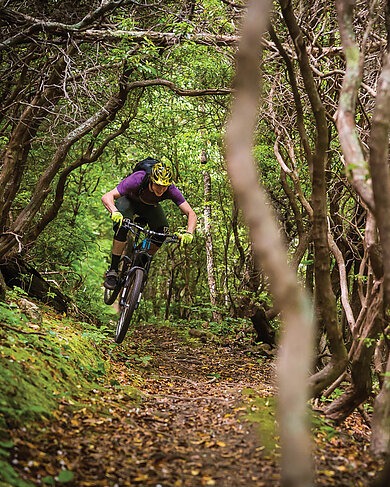
Past the extremists—that being, the political extremists, the scenester extremists, the foodie extremists, the hop extremists, and the extremist extremists—a much milder, grounded, and loving population exists in Asheville.
Claiming Pisgah National Forest as their playground, these folks make it their mission to crush it, regardless of craft and (with no consideration to) their work schedule. Whether saddled up and charging hike-a-bike-worthy single track or sending un-run drainages in a kayak, the vibrant outdoor community vastly outweighs the less desirable archetypes of the area. As a modern-day nomad, these folks are one of the primary reasons I continue to be pulled back to the southeast.
Beyond Asheville’s newly discovered town identity lays a gem that has been there for much longer than the River Arts District or even the textile mills that Western North Carolina towns can thank for their existence: Pisgah National Forest.
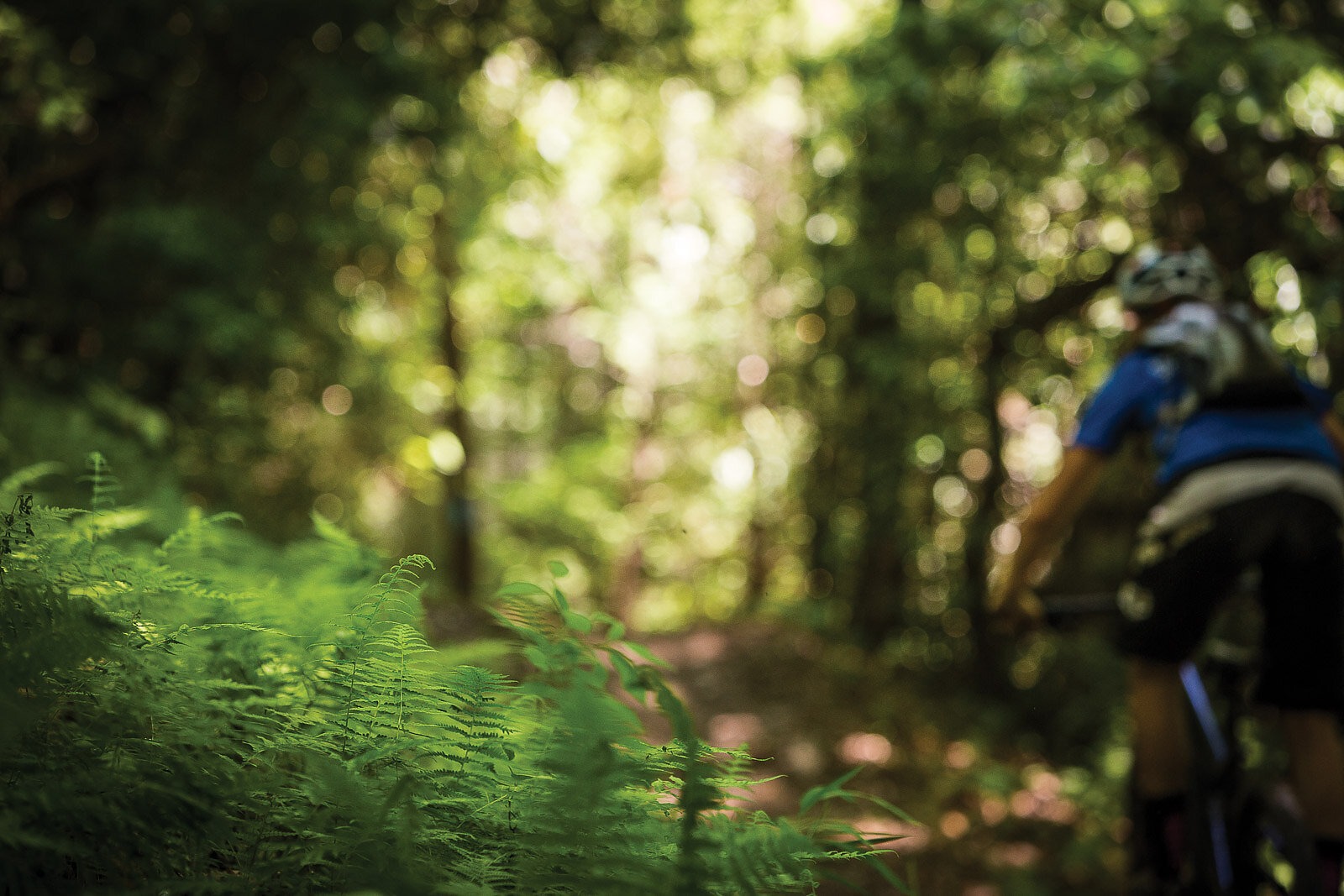

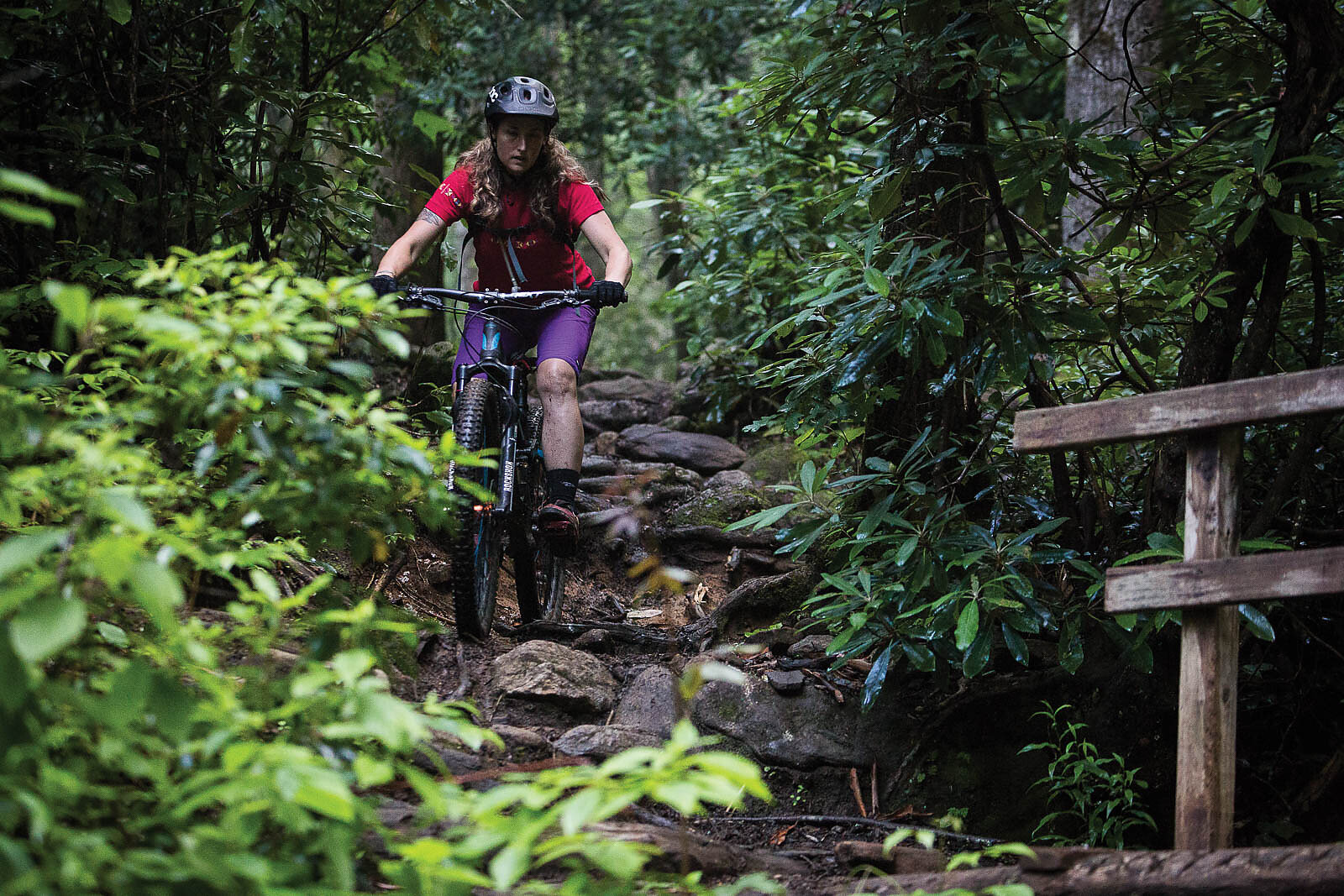
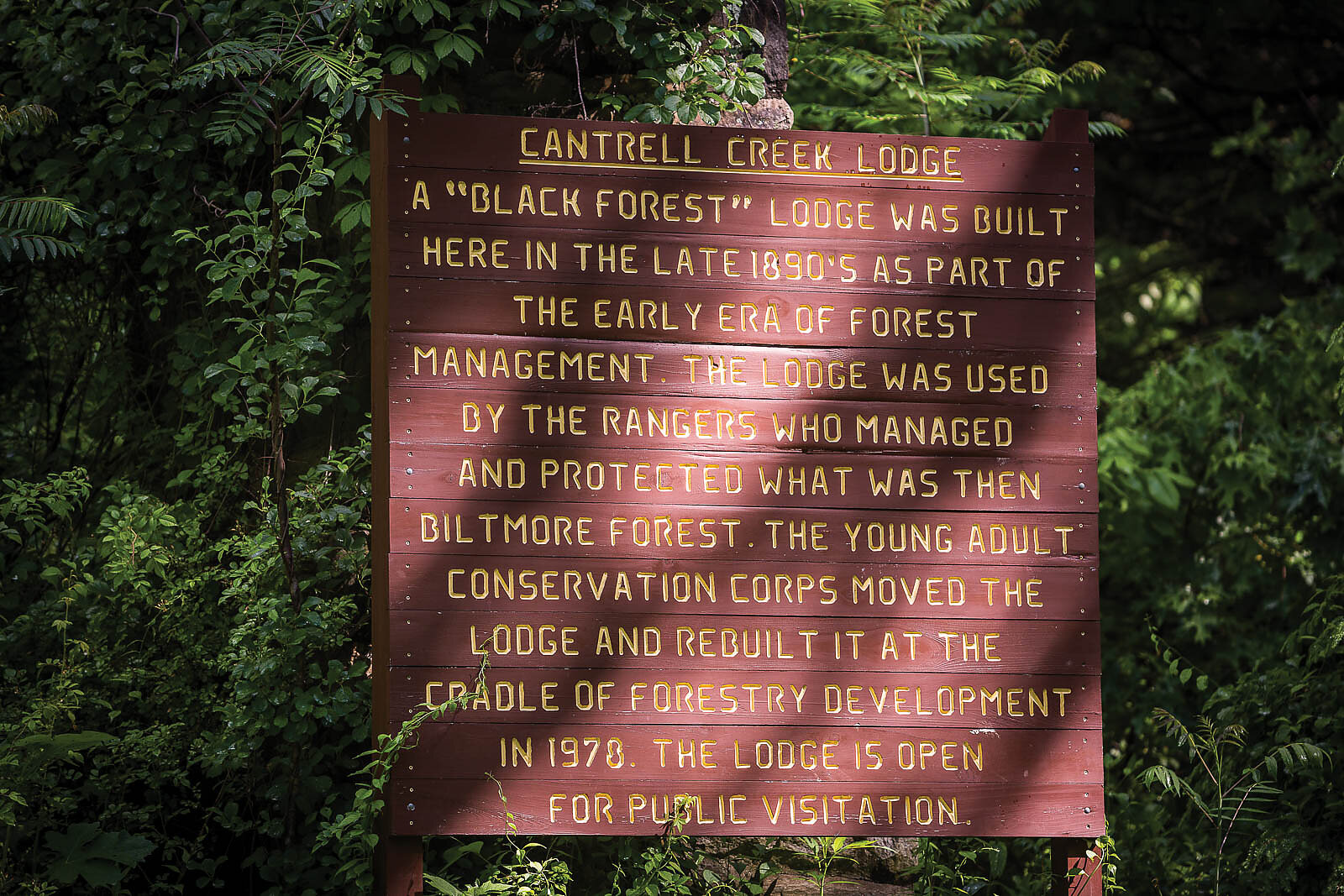
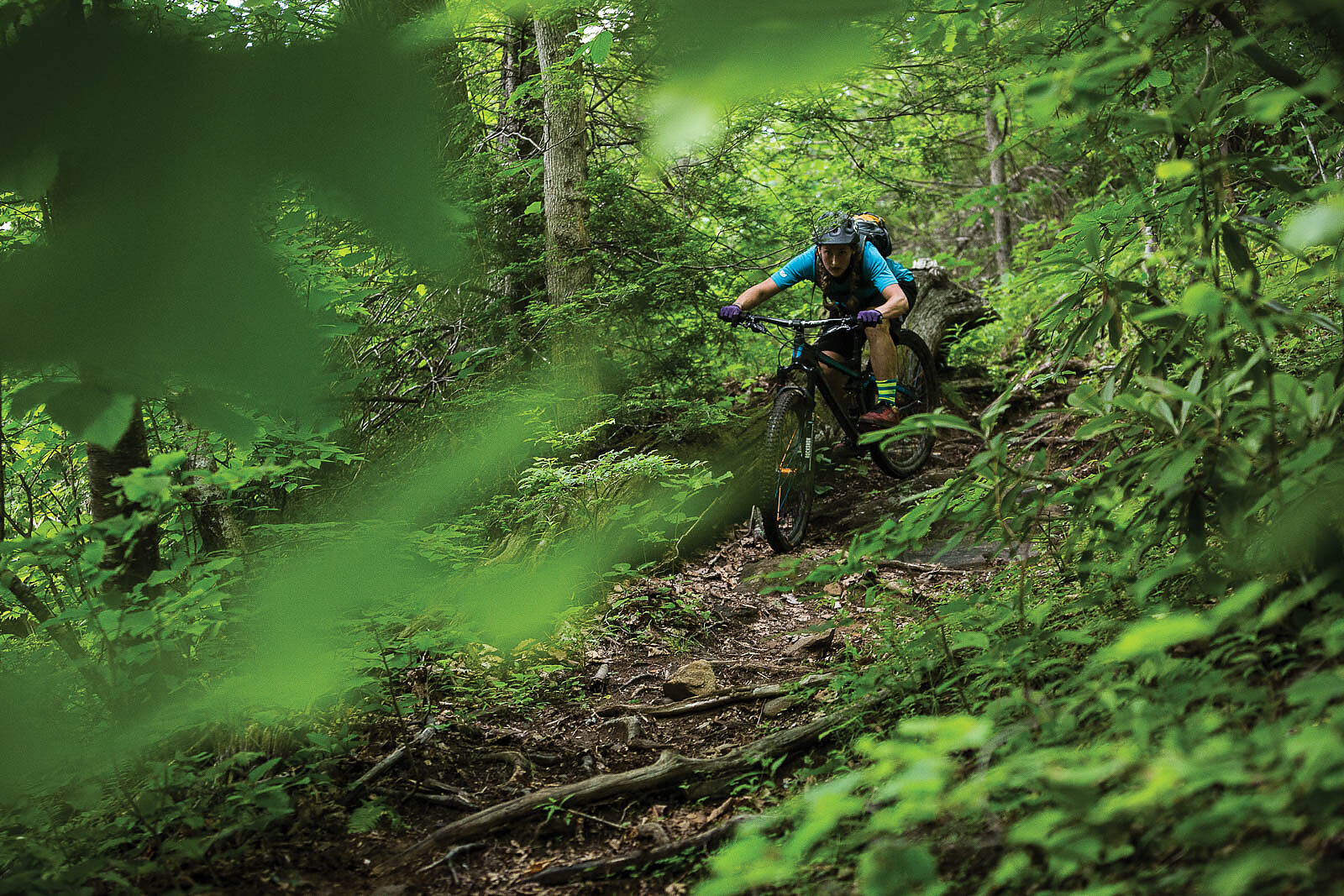
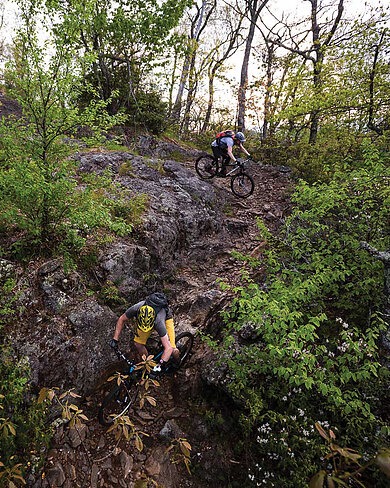
I didn’t grow up skiing the Wasatch on my dad’s back or even mountain biking the sought-after desert trails of Utah from a come-along trailer. Instead, I grew up in the flatlands of Central Virginia, getting my adrenaline kicks from trying to ride my bike down flights of stairs. When my path veered towards Western North Carolina, the people, the places, and the trails gave me good reason to rearrange my life priorities. Naturally, I left the peaceful, rolling mountains of southern Appalachia, and made my way to bigger mountain ranges, actively chasing my dreams as a photographer and filmmaker. I rambled throughout all of the Northern Hemisphere skiing, riding, and paddling, all in the name of photography. Much to my surprise, however, I found myself yearning for the Southeast; not only for the intangible aspects of southern culture, but for the trails.
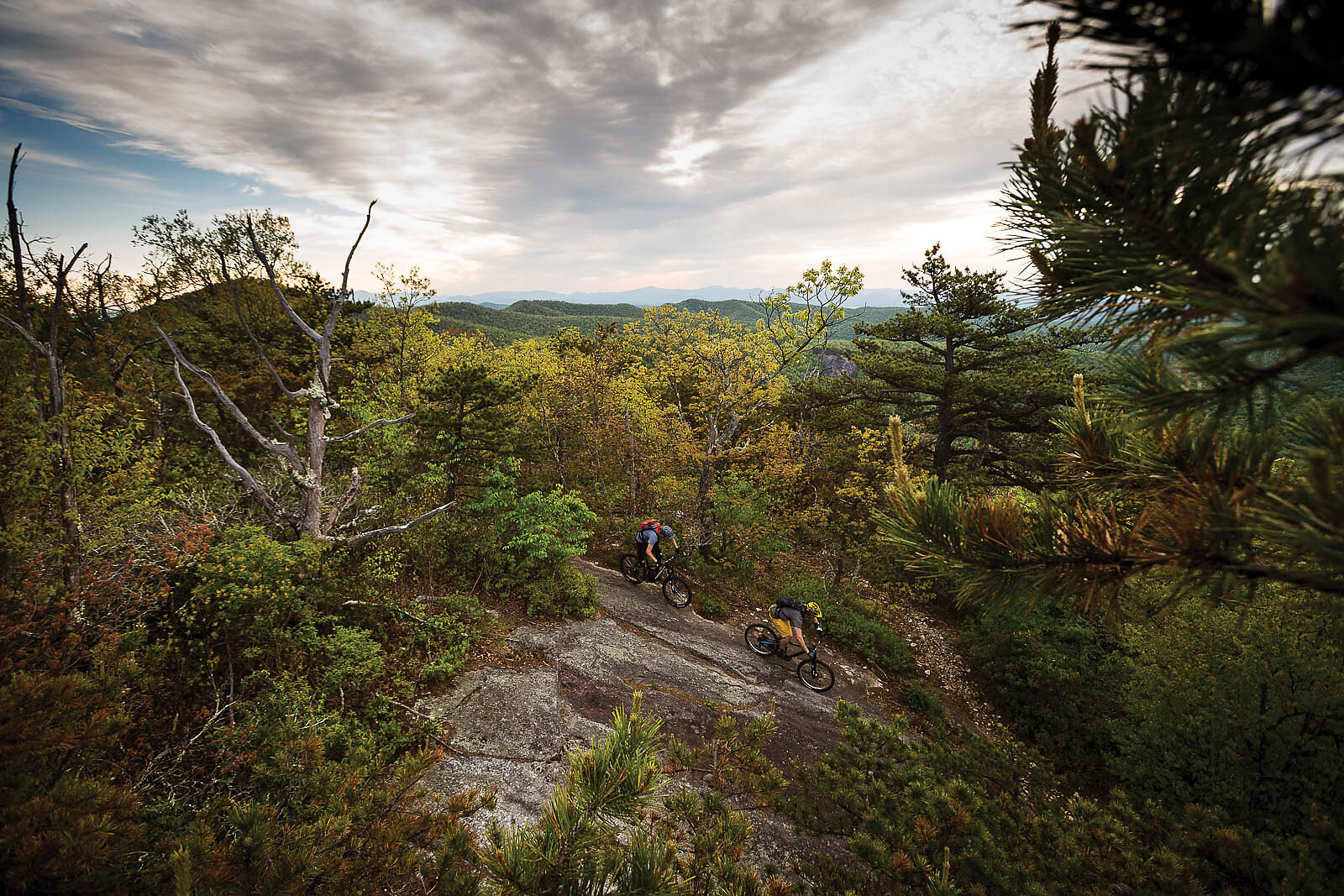
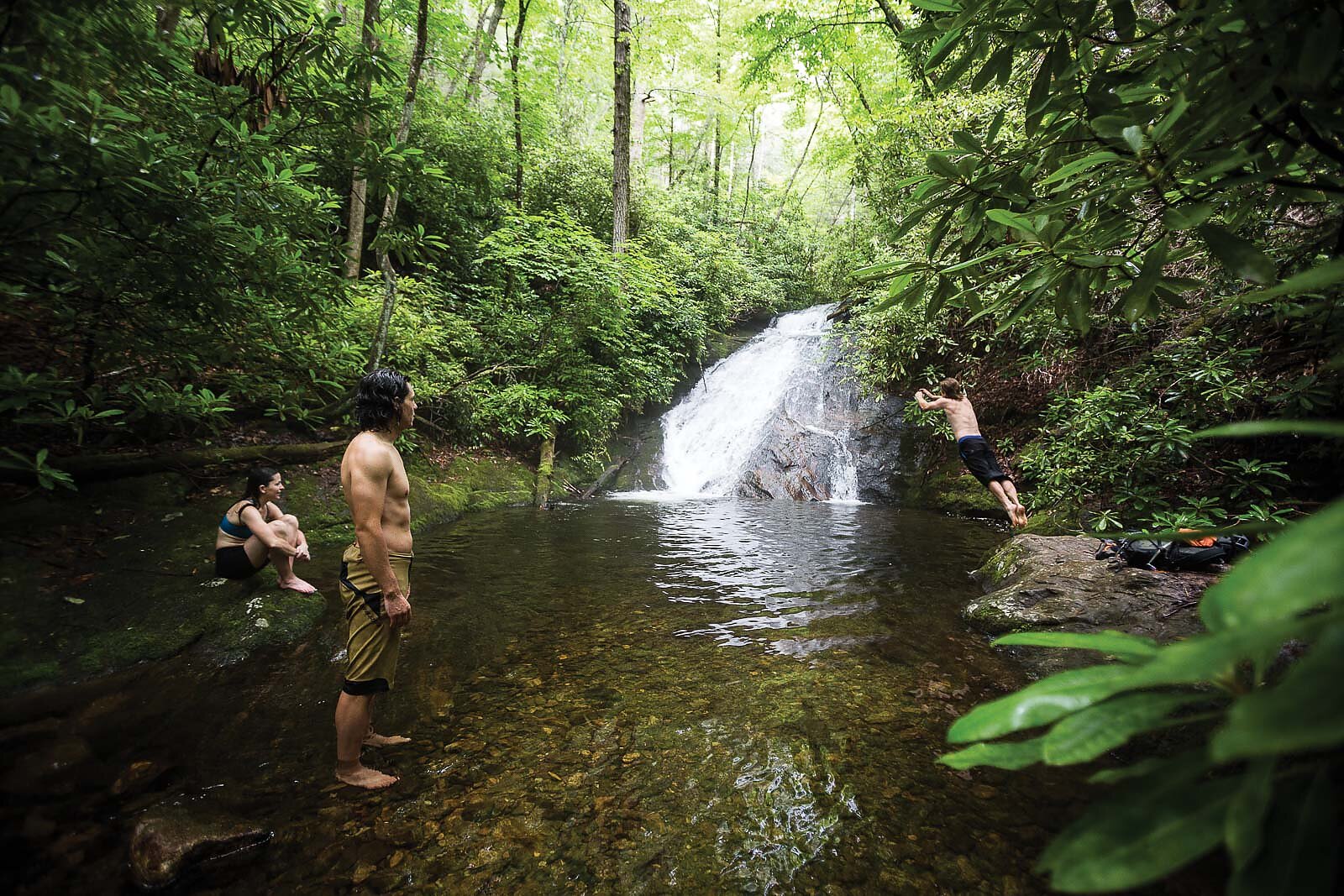
On a basic level, my favorite trails in the area are everything that mountain biking fulfills in my life—challenging, technical, and remote. We’re not known for flowy downhill trails with huge hitters in old growth forests like the northwest, or wide open rock faces. Instead, our trails wind through the forest generally looking unkept. This presents a problem for us photographers, making our favorite trails look more like tame hiking trails in the viewfinder, but it also keeps the goods on lock.
